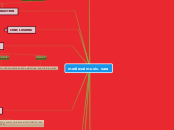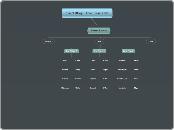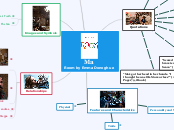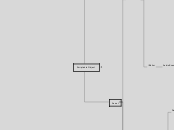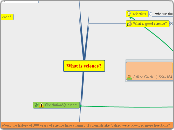av Sara Requejo 8 år siden
400
medieval music. sara
Medieval music, spanning from the 5th to the 15th century, was deeply intertwined with religious practices, prominently featuring in both Islamic and Christian traditions. Notation evolved significantly during this period, with the development of the four-line staff and square notation, and the introduction of the musical scale by Guido d'
